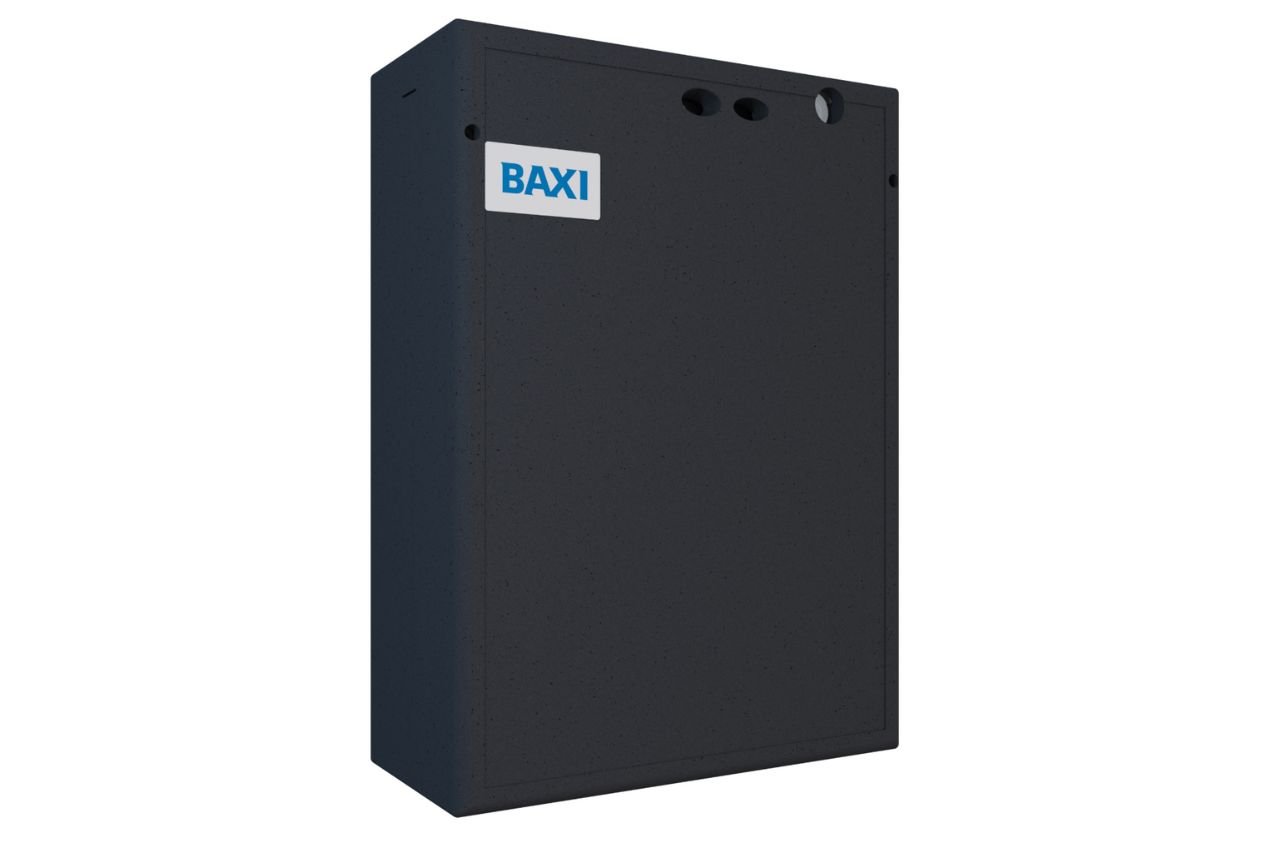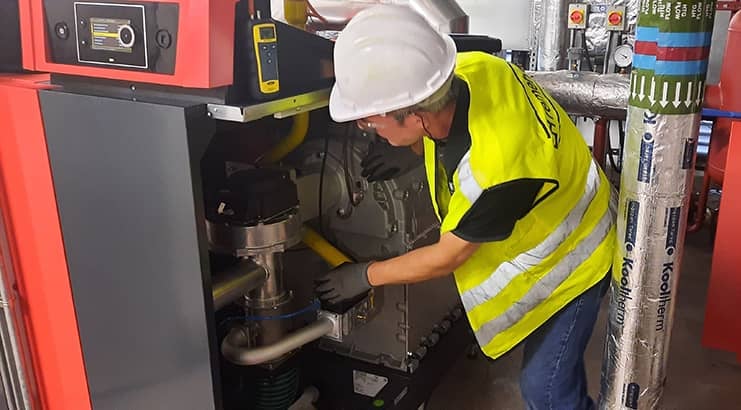
Zoning in on heat networks
Six locations across the UK have been identified to develop the UK’s first pilot heat network zones, with tighter regulatory requirements for consumer protection set to be introduced.
Jeff House, Director of External Affairs and Policy at Baxi, discusses the long-awaited regulations and the opportunities for the heating industry.
With a commitment to 2050 net zero enshrined in law and no single solution to decarbonise heat, heat networks are recognised as one of the vital components of the UK’s energy transition roadmap.
This is because heat networks can provide a low cost, low carbon option to decarbonising heat in high density areas. Today, heat networks supply less than 3% of the UK’s heat mix, but the government’s ambition is to increase this number to 20% by 2050. Achieving this ambitious target would require an annual growth rate of approximately 35%.
The government believes that developing designated zones for heat network deployment in urban areas is “the cheapest and most efficient way of delivering the technology” by using various forms of heat production including exploiting waste heat to help serve connected buildings.
Six locations in the UK – Leeds, Plymouth, Bristol, Stockport, Sheffield, and a further two in London – have been backed by government through the Green Heat Network Fund to deploy innovative solutions. Otherwise wasted excess heat from data centres will serve the Old Oak and Park Royal regeneration development in London and a glass factory in Leeds will be used to provide heat to connected buildings.
This is all ahead of the expected roll out of heat network zoning, with a response to the recent government consultation due in Spring 2025. Under these proposals, a new methodology will define geographic areas where heat networks are anticipated to be the lowest cost option for delivering low carbon heat. Some 28 local authorities worked on a pilot to test the methodology in different areas across the country.
What does this mean for buildings within a designated heat network zone? Most buildings that are already communally heated and large non-domestic stock will need to connect once it is cost effective to do so. This includes residential tower blocks and mixed-use developments, hospitals, hotels, large office blocks and universities.

Stricter regulatory requirements on the way
For customer protection, new regulatory technical requirements are being introduced for new and legacy heat networks. The Heat Network Technical Assurance Scheme (HNTAS) will help heat network operators demonstrate compliance with these requirements. The aim is to ensure a minimum level of performance and reliability, reducing carbon emissions and cost of heat while improving customer experience.
Under HNTAS, heat networks will be required to pass assessments to demonstrate that they have achieved the mandated minimum technical standards. Where networks do not meet the requirements, mandatory improvement plans will be enforced to bring them up to the expected efficiency and carbon performance levels.
The new standard will be overseen by the Office of Gas and Electricity Markets (OFGEM), appointed the UK’s heat network regulator under the Energy Act of 2023. These requirements and assurance processes will be key to achieving a just energy transition that delivers greater benefits for all.

Legacy heat networks
Under current plans, regulation is set to be introduced in phases with a transition period. For legacy communal heat networks, a significant transitional period is expected to be set to achieve the tighter standards and introduce the appropriate metering to prove performance. However, industry commentators suggest that a sizeable proportion of existing heat networks will require significant remedial work to meet requirements. OFGEM are consulting further on these proposals now.
What are the opportunities for the heating sector?
Astute operators of legacy communal heat networks would be well advised to engage with the new OFGEM consultation together with planning now for the changes ahead. And the good news for the heating sector is that the anticipated increase in heat network connections and service requirements from heat network zones is expected to create new opportunities and new jobs. It should also be noted that government funding is available for existing underperforming heat networks in England and Wales through the Heat Network Efficiency Scheme (HNES) to support the necessary improvements.
As always, early engagement and collaboration with experienced solutions providers on projects is key to ensure optimal system performance. At Baxi, our end-to-end heat network solutions service encompasses a high-performing heat network product range, prefabricated options for energy centres, expert design skills from hydraulic schematics to specifications, and an extended network of experienced service engineers. We look forward to bringing our heat network expertise to support the heating industry and the growth of heat networks.
A version of this article first appeared in HVR Magazine.
Heat Pumps
Our range of air source heat pumps make a valuable contribution to delivering reliable, efficient and flexible heating performance, ready for the low-carbon challenge of today.
Contact your TSM
Get in touch with your Technical Sales Manager.




